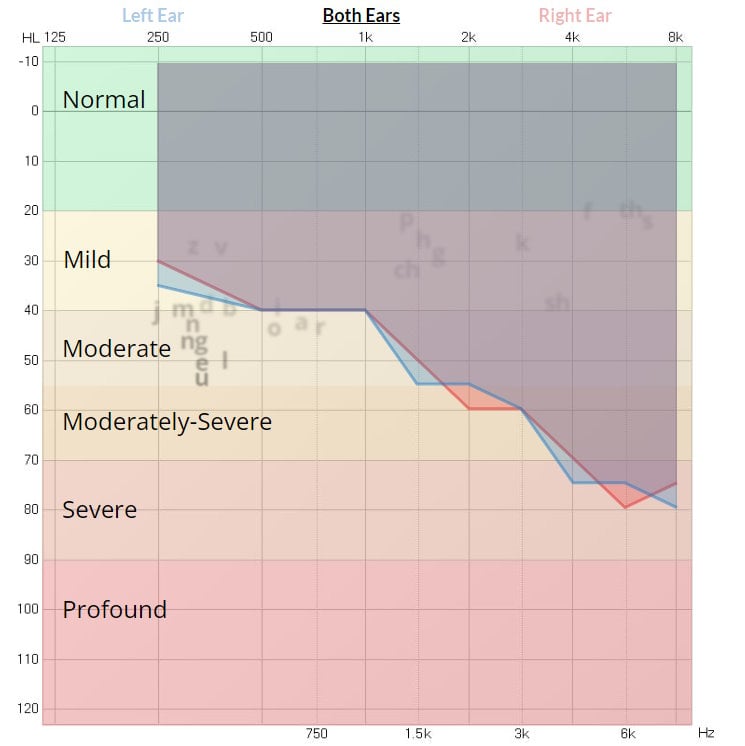A pure tone audiogram test is a common way to assess the degree and type of hearing loss in a patient. The test measures the patient's ability to hear different frequencies of sound, and the results are plotted on a graph called an audiogram. If you are a hearing loss patient or have a loved one who is, it is important to understand how to read and interpret an audiogram test. In this article, we will discuss how to check an audiogram test for a hearing loss patient.
The first step in understanding an audiogram is to become familiar with the layout of the graph. The audiogram is a graph that plots the patient's hearing thresholds (the softest level of sound they can hear) on the vertical axis and the frequency of sound on the horizontal axis. The patient's results are plotted as dots on the graph, with the left ear results on the left side of the graph and the right ear results on the right side of the graph.
The next step is to understand the different types of hearing loss. There are three main types of hearing loss: conductive, sensorineural, and mixed. Conductive hearing loss is caused by a problem with the outer or middle ear, such as a blockage or a problem with the eardrum. Sensorineural hearing loss is caused by a problem with the inner ear, such as damage to the hair cells. Mixed hearing loss is a combination of conductive and sensorineural hearing loss.
Once you understand the types of hearing loss, you can analyze the patient's audiogram results. The patient's hearing thresholds are plotted on the graph as red circles, indicating hearing levels in the right ear, and blue crosses to indicate the hearing sensitivity of the left ear. The audiogram will show which frequencies the patient has difficulty hearing and whether the problem is in one or both ears. The audiogram can also indicate the degree of hearing loss, which is classified as mild, moderate, severe, or profound.

At Value Hearing, the audiologists will provide you with a detailed explanation of the test results and discuss the various options available for hearing loss treatment. They may also recommend further testing to determine the cause of the hearing loss and the best course of treatment. They will also provide you with a detailed report that you can take to your GP or specialist, as they may require this information to make a referral for further treatment.
In conclusion, an audiogram test is a common way to assess the degree and type of hearing loss in a patient. The test measures the patient's ability to hear different frequencies of sound, and the results are plotted on a graph called an audiogram. Understanding how to read and interpret an audiogram test can help you to understand the results and make an informed decision about your hearing health. At Value Hearing, our audiologists will provide you with a detailed explanation of the test results and recommend the best course of treatment.
